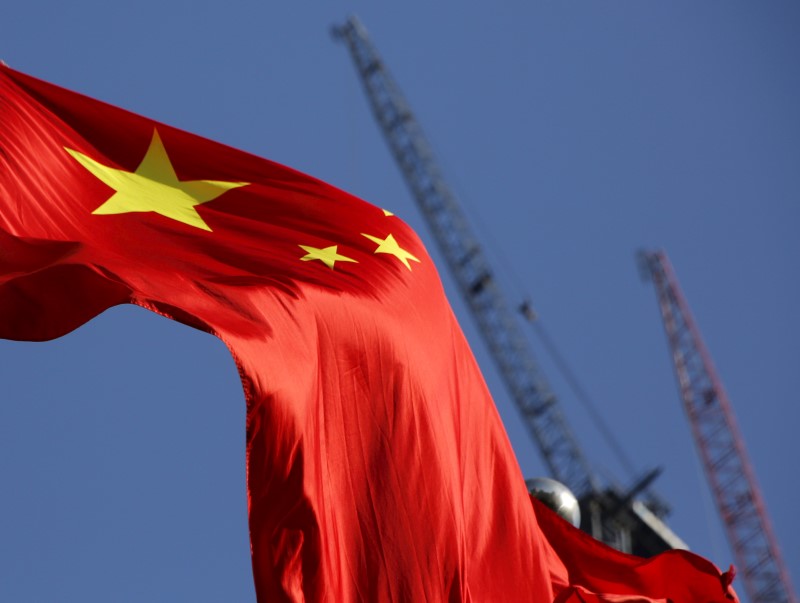(Bloomberg) -- China’s export growth moderated in the first two months of the year, pointing to more stable global demand as multiple risks cloud the outlook.
Exports rose 16.3% in dollar terms in the January-February period from a year earlier, data from the General Administration of Customs showed Monday, beating the 14% median estimate in a Bloomberg survey of economists. Exports had increased 20.9% in December.
Imports increased 15.5% on year during the period, below a 17% gain predicted by economists. The trade surplus came in at $116 billion.
China’s economic activity is typically volatile in the first two months of the year due to the week-long Lunar New Year holiday. Covid outbreaks in some parts of the country also caused temporary business suspensions, although the commerce ministry has said the impact was manageable overall.
“China’s foreign trade saw a stable start, although the current external environment for foreign trade development is more complex and uncertain,” said Li Kuiwen, spokesperson of the General Administration of Customs, according to state media CCTV.
Steel exports declined 19% to 8.23 million metric tons in the first two months of the year from the same period last year, the data showed. Crude oil imports dropped 4.9%, natural gas purchases fell 3.8% and soybean imports increased 4.1%.
Russia-Ukraine tensions and a spike in oil prices have turned the focus to energy supplies. At a separate briefing by the National Development and Reform Commission on Monday, Vice Chairman Lian Weiliang said China’s sources of crude oil, natural gas are diversified and long term contracts take a “very high” share.
Trade Boom
Record trade last year helped to underpin China’s rapid economic growth, although momentum weakened in the latter part of the year amid a downturn in the property market. The government set a growth target of about 5.5% for this year, the lowest in more than three decades, yet above economists’ forecasts, suggesting more policy stimulus is needed, such as interest rate cuts and further loosening of property market grips.
Read More: China Signals More Policy Support With 5.5% Growth Target
Commerce Minister Wang Wentao warned last week of “massive pressure” in maintaining high export growth. Factors that drove overseas shipments to boom last year, such as demand for goods to control the spread of Covid, will dissipate, while firms remain squeezed by supply-chain bottlenecks, rising commodity prices and labor shortages, he said.
Both government data and a private survey of Chinese manufacturing companies showed new export orders continued to contract last month. Meanwhile, manufacturing activity in Southeast Asian nations broadly improved as virus waves ebbed in the region, a sign that production orders could be diverted away from China once again.
(Updates with additional details.)
©2022 Bloomberg L.P.
